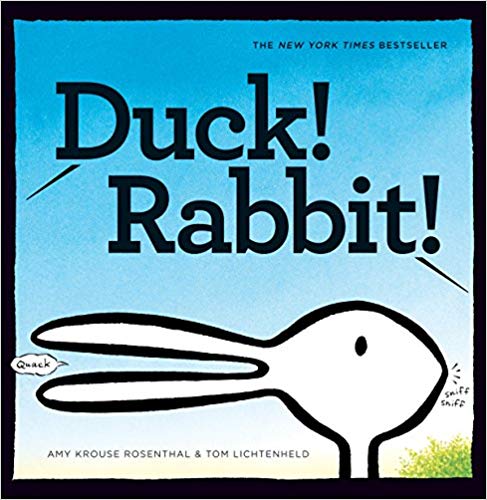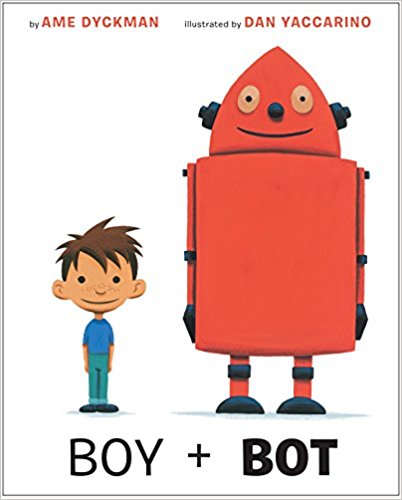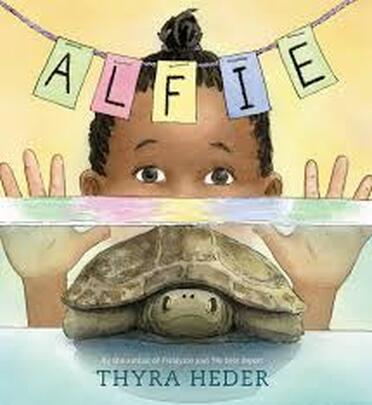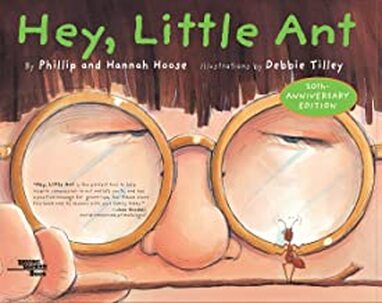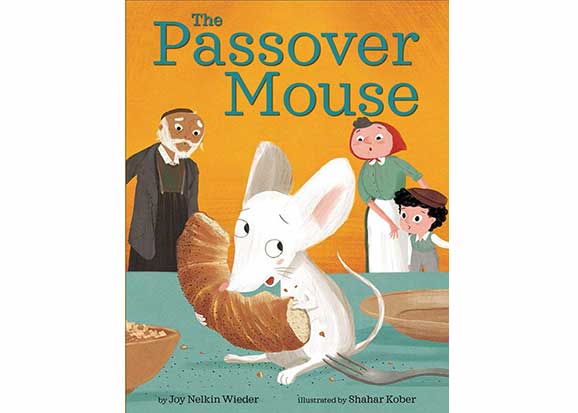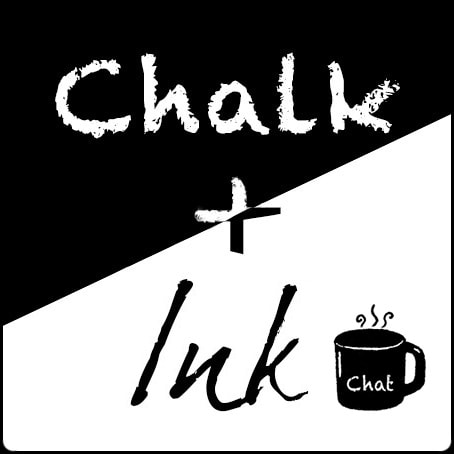|
This month I’m doing something a little different for my 20 in 2020 post. Instead of featuring twenty different books, I’m sharing a list of forty-four nonfiction titles collated by the incredibly organized, creative, kind and intelligent elementary librarian and author, Lisa Rogers, and me. We created this list for part of our presentation at the Massachusetts School Library Association’s Annual Conference which was supposed to occur on March 29th and 30th. We had planned to have all of the titles on the list available for the attendees to browse through and sort in three different ways. If you click this link, you can print out the three different recording sheets attendees were going to use to sort the books. But you don’t have to be at a conference to do this activity, you can do it in your classroom, whether that’s at school or at home. The first way attendees could choose to sort the titles would have been through text structure. The five nonfiction text structures are: 1) Cause and Effect; 2) Chronological/Sequential 3) Compare and Contrast; 4) Main Idea and Detail/Description; and 5) Problem and Solution. If you are unfamiliar with these text structures, watch the super-fun video below. Then, grab some of the informational texts you have at home, or check out some of the titles we suggest on our list, and sort them by text structure. Sometimes authors use more than one text structure in a book like Jason Chin does in Grand Canyon. The second way attendees could choose to sort the titles would have been using Melissa Stewart’s 5 Types of Nonfiction. She wrote an article about the 5 Types of Nonfiction in School Library Journal’s May 2018 edition. On her website, she also provides a detailed lesson plan describing how to teach students about the five types of nonfiction: 1) Traditional Nonfiction; 2) Browseable Nonfiction; 3) Narrative Nonfiction; 4) Expository Literature; and 5) Active Nonfiction. Please click on one of the links in the paragraph to dive deep into an explanation of each of these types of nonfiction. Then, grab some of the informational texts you have at home, or check out some of the titles we suggest on our list, and sort them by the five types of nonfiction. Finally, we were going to encourage attendees to look for Robert Probst and Kylene Beer’s nonfiction signposts in the texts. The nonfiction signposts are: 1) Contrasts or Contradictions; 2) Extreme or Absolute Language; 3) Numbers and Stats; 4) Quoted Words; and 5) Word Gaps. For me, signposts are an extremely powerful teaching tool because you can usually find one, some or all of the signposts in each book no matter its structure or its type. If you’re unfamiliar with the nonfiction signposts, check out the short videos below. Then, use the nonfiction signpost recording page and note the signposts! Have fun!
0 Comments
I thought about changing the title and the subject of my post, but I find when I’m worried one of the best things I can do is to help other people. Whether you’re in the classroom or teaching online, I hope these books bring you and your students joy. One of the tasks our fourth graders are supposed to be able to do on our state test, the MCAS, is to write a narrative from a different perspective. In the past, I’ve only used released MCAS test passages to practice this. Let’s face it. That’s so boring! Even if the test makers picked an interesting text, there are no pictures to accompany the words. Anyone who knows picture books understands that you can’t grasp the complete story arc of a picture book without the… you guessed it! Pictures! So, here are some picture books I’ve used in the classroom, or plan on using whether that’s in person or through Flipgrid to teach perspective in a fun way. Start off with Duck! Rabbit! by Amy Krouse Rosenthal and Tom Lichtenheld. Why? Because it’s fun. Has the illustrator drawn a duck or a rabbit on each page? There’s really no way to tell. But each student is sure they know the answer. The excitement bubbles and debate rages with each page turn. They’re sure their perspective is the correct one even until the final page turn when the book clearly wants the reader to change their point of view. Keep the fun going with Boy + Bot by Ame Dyckman and illustrated by Dan Yaccarino. This super fun book features a boy and his robot friend. The cover alone, of the two characters standing side-by-side is enough to hook readers in. The first half of the story is from the boy’s point of view, and the second half of the story is from the robot’s point of view. This book is an excellent way to teach your students about a narrative ladder structure as well. Boy does specific actions in the first half of the book, and then Bot repeats those same actions in the second half of the book. Climb on! Read Alfie by Thyra Heder. This book also features a narrative ladder structure. In the first half of the book is told from Nia’s perspective. She shares how excited she was to get her pet turtle, Alfie, on her sixth birthday, and then the sad truth that bit-by-bit she loses interest in him over the year until he disappears on her seventh birthday. Then, we climb the ladder again and here all about their year together from Alfie’s perspective. I saw one of my students who dreams of having a cat for a pet someday sneak this book out of my writer’s workshop book basket when he thought I wasn’t looking. He made my day! Dive deep with Hey, Little Ant by Phillip and Hannah Hoose, illustrated by Debbie Tilley. Truth is I’ve loved, since it came out in 1998. The fun thing is I taught Oye, Hormiguita! To my Spanish bilingual students back when I taught in Chelsea over twenty years ago. My beloved copy is still on my bookshelf, and I read it to Anders and Corbin when they were little. Twenty years later, kids still love this book. Everyone can relate to the power to choose whether or not to kill an insect. It’s an ethical decision we face every day. This book is an excellent way to get kids thinking about how one’s perspective is influenced by the amount of power each individual has. Finally, share The Passover Mouse by Joy Nelkin Weider and Shahar Kober with your students. This book focuses on Rivka’s perspective. She’s a lonely widow preparing her house for Passover. She thinks she has cleared her house of chometz, leavened bread, when a mouse seizes a piece of bread in its mouth and dashes through her house out the door. What follows is a rollicking tale of how the village comes together to help Rivka once again clear her house of chometz for Passover. But what does the mouse think about all this? Ask your students to write the story from the mouse’s perspective for some Friday fun. Beats reading and writing about another photocopied MCAS passage!
Enjoy! |
Chalk + Ink ChatsWant to hang out with teachers who write and writers who teach? Fill this form to join our Archives
October 2023
Categories |
